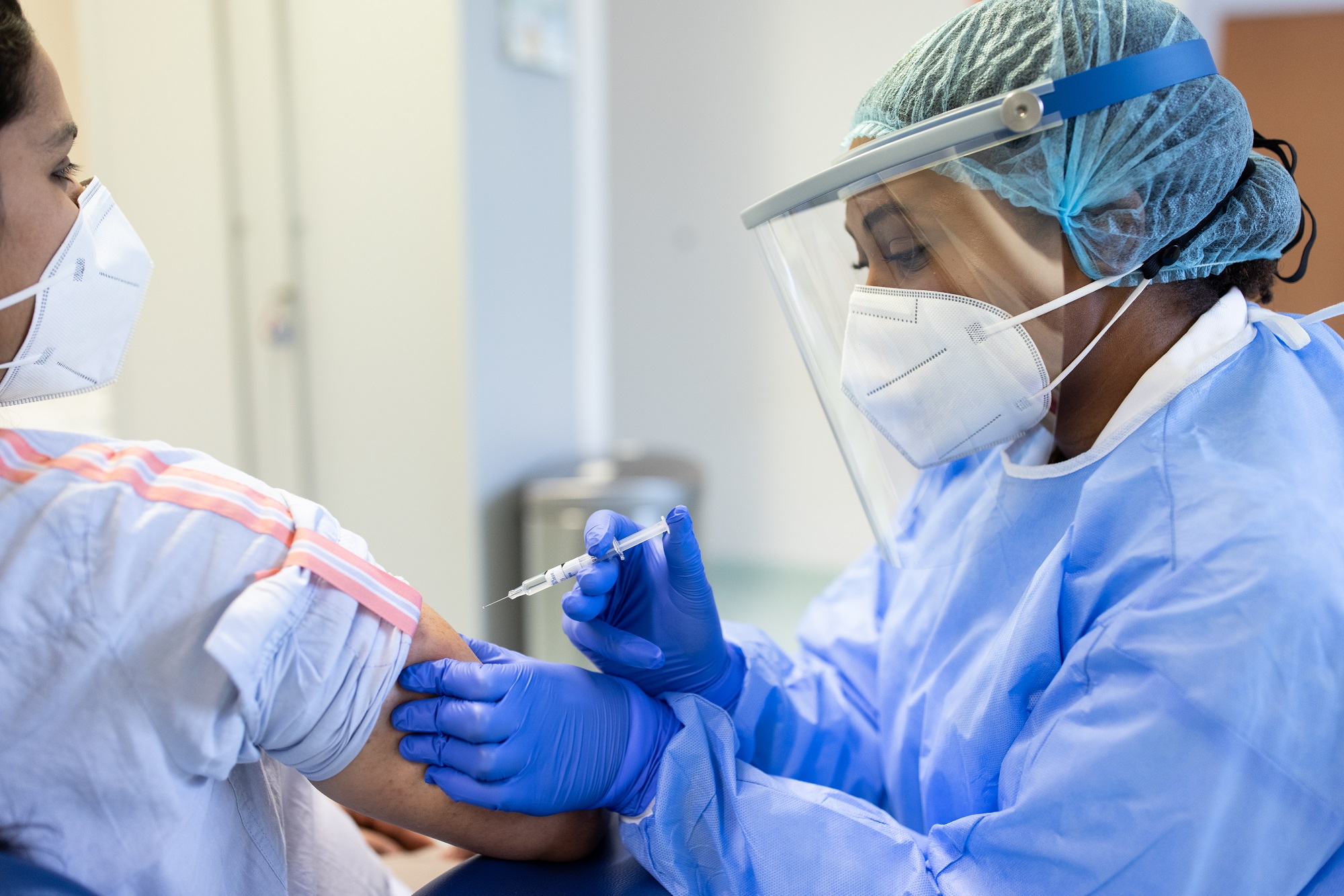Cancer patients have been underrepresented in clinical trials of COVID-19 vaccines, so it hasn’t been clear how well the vaccines protect these patients.1
However, researchers have conducted several studies measuring indicators of COVID-19 protection in cancer patients, including the production of anti-SARS-CoV-2 antibodies and memory B- and T-cell levels after vaccination.2-6
The studies have generally suggested that most patients with solid tumors produce antibodies and mount cellular responses. However, there is a subset of patients who fail to respond, and the strength of their response appears lower overall than that of healthy individuals.
Continue Reading
Furthermore, patients with hematologic malignancies appear less likely than those with solid tumors to have detectable immune responses. The studies have also suggested that patients receiving certain anticancer therapies, particularly chemotherapy, may have a higher risk of an impaired response to vaccination.
Results by Cancer and Treatment Type
In one study, Ehmsen et al assessed anti-SARS-CoV-2 spike immunoglobulin G (IgG) antibody responses and T-cell responses in cancer patients who received the Pfizer-BioNTech vaccine or the Moderna vaccine.2 The study included 201 patients with solid tumors and 323 with hematologic malignancies.
At 36 days after the second vaccine dose, the seropositivity rate was 93% in patients with solid tumors and 66% in patients with hematologic malignancies (P =.004). Patients were more likely to be seronegative if they received anti-CD20 therapy, BTK inhibitor therapy, or chemotherapy.
Among solid tumor patients, 46% had a T-cell response, 76% of whom had both CD4+ and CD8+ T-cell responses. Among patients with hematologic malignancies, 45% had a T-cell response, 81% of whom had both CD4+ and CD8+ T-cell responses.
In another study, Addeo et al measured anti-SARS-CoV-2 spike IgG antibody titers in 106 patients with solid tumors and 25 with hematologic malignancies who received the Pfizer-BioNTech or Moderna vaccine.3
After the second vaccination, the rate of seroconversion was significantly lower in the hematologic malignancy group than in the solid tumor group (77% vs 98%, P =.002). Median antibody titers were significantly lower in the hematologic malignancy group as well (832 U/mL vs >2500 U/mL; P =.029).
When compared with patients not on active therapy, antibody titer levels were significantly lower among patients who received cytotoxic chemotherapy (P =.019) or monoclonal antibody therapy (P =.029) within 6 months before the first vaccine dose. There were 4 patients who had received anti-CD20 therapy, and all were seronegative.
In a third study, Ligumsky et al measured anti-SARS-CoV-2 spike IgG antibody titers after 2 doses of the Pfizer-BioNTech vaccine, comparing 164 healthy adults with 326 patients who had solid tumors and were treated with anticancer therapies.4
The rate of seronegativity was significantly higher in the cancer group than in the control group (11.9% vs 3.0%; P =.001), and the median antibody titers were significantly lower in the cancer group than in the control group (931 AU/ml vs 2817 AU/ml, P =.003).
The rate of seronegativity was higher in patients treated with chemotherapy (18.8%) than in patients who received checkpoint inhibitors (9.1%) and those who received targeted therapy (2.6%; P =.02).
The median IgG titers were also significantly different across treatment types — 578 AU/ml with chemotherapy, 793 AU/ml with immune checkpoint inhibitors, and 1895 AU/ml with targeted therapy (P =.002).
This article originally appeared on Cancer Therapy Advisor
this content first appear on medical bag

